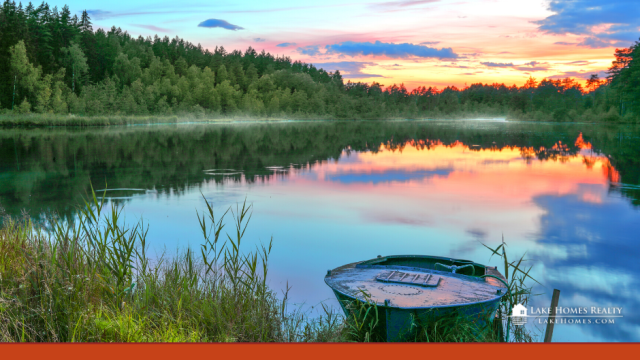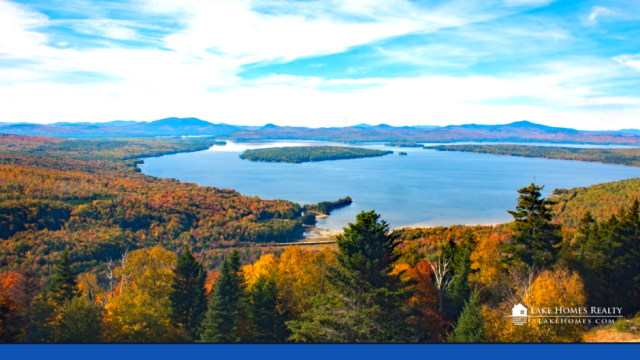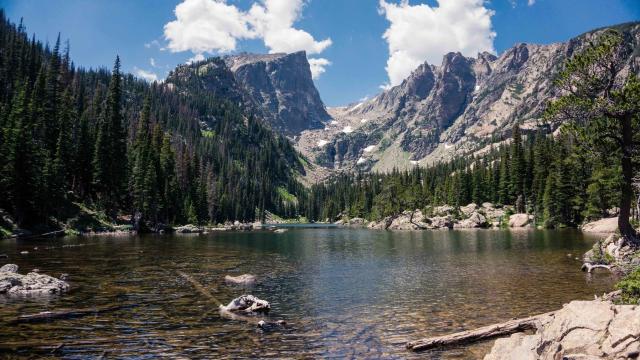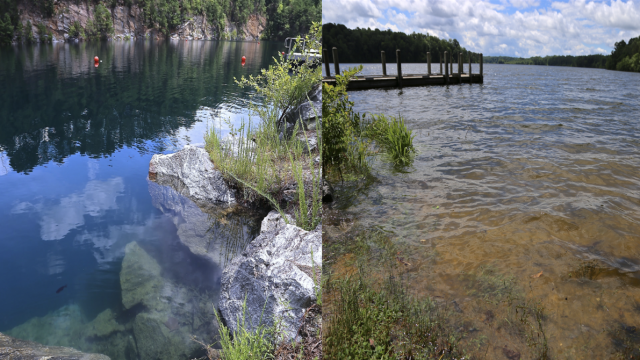Alexander Lee
Posts by Alexander Lee
States with the Most and Fewest Lakes
Posted on in Lake Trivia & Lifestyle

Chances are, you’ve probably spent a fair amount of time in and around a lake. After all, these large bodies of water are ubiquitous; everyone’s at least seen a lake before, and there are lakes to be found everywhere in …
Paradise in the North: A Look at Rangeley Lake, ME
Posted on in Lake Activities & Lake Trivia & Lifestyle & Travel

Nestled within the Western Maine Mountains and surrounded by a ring of evergreen trees, Rangeley Lake epitomizes the natural beauty of northern New England. Rangeley Lake, a sprawling 6,400-acre freshwater lake, is one of the major headwaters of the Androscoggin …
Top 5 American Lakes with the Highest Elevation
Posted on in Lake Trivia

The United States is chock-full of lakes at all elevations, including some far above sea level. The title of the highest lake in America is up for debate. It ultimately comes down to a dispute over the precise definition of …

